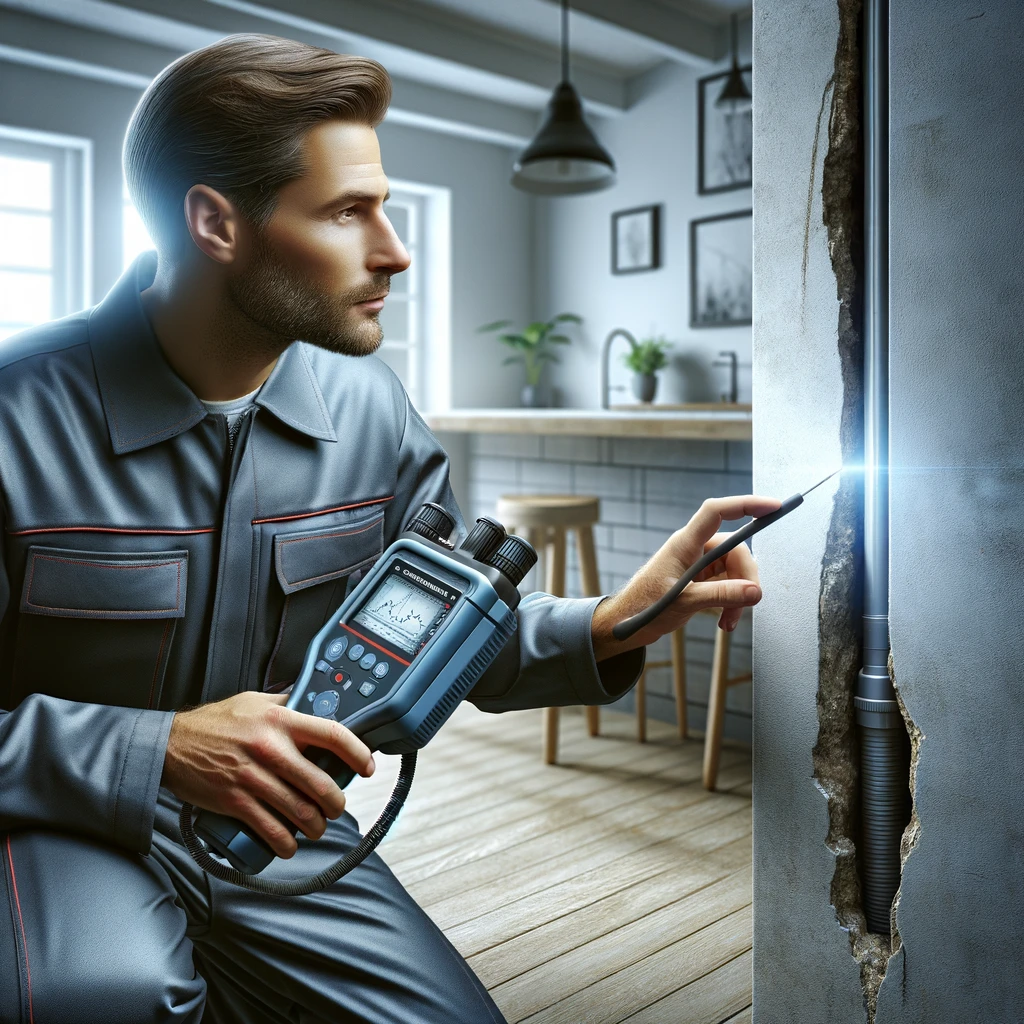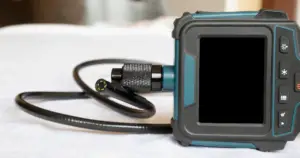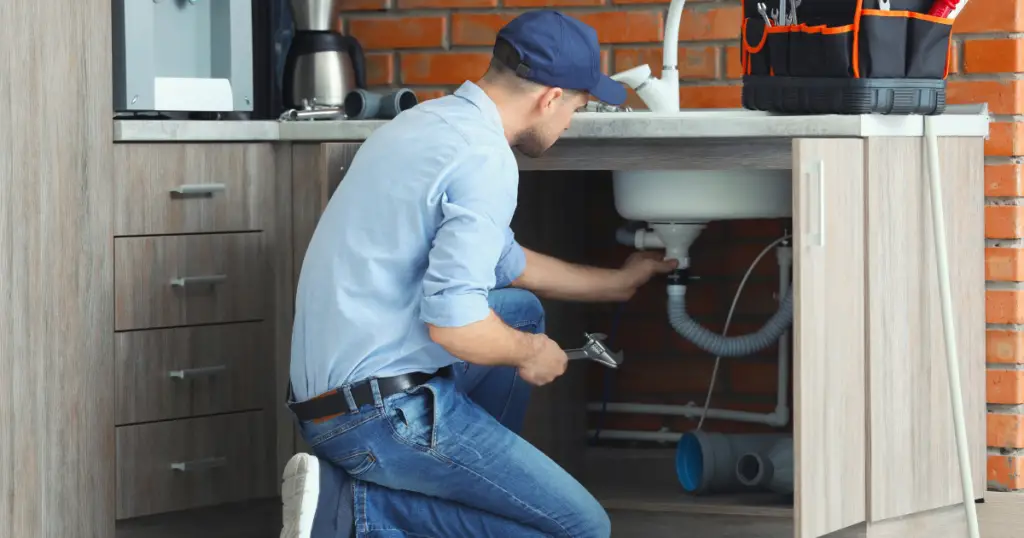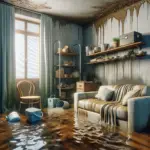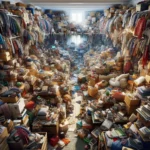The Significance of Early Leak Detection
Early detection of a water leak is not just about preventing a soggy inconvenience; it’s critical to safeguard your home from extensive and expensive damages. A drip or leak might seem minor, but it can lead to severe structural damage over time, promote mold growth, and attract pests. Moreover, undetected leaks can lead to a steep climb in water bills, as every drop adds up to gallons of wasted water. By staying vigilant and responsive to the earliest signs of leaks, homeowners can save substantial money in the long term and maintain the integrity of their home’s structure and environment.
Understanding a plumbing leak
A water leak is any unintentional discharge from the plumbing system that can occur throughout your home, including pipes, faucets, and appliances. Wear and tear, high water pressure, temperature changes, corrosion, or faulty installations often cause these leaks. In colder climates, pipes can burst when water freezes and expands, while in warmer areas, drought followed by heavy usage can stress plumbing systems. Understanding common reasons for water leaks is crucial for early detection and prevention, helping homeowners address issues swiftly before they become costly problems.
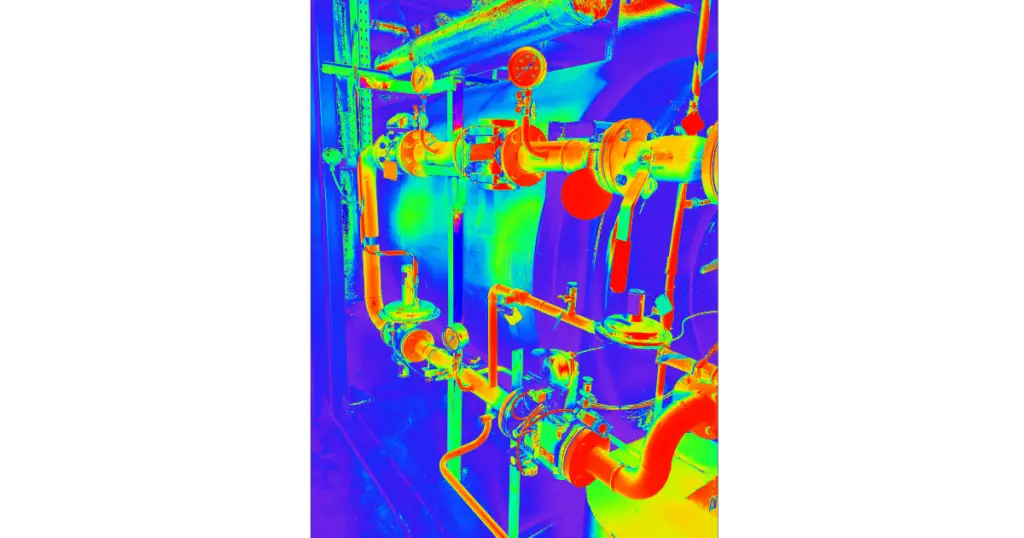
How do plumbers detect leaks?
Infrared Cameras
Plumbers use advanced tools like infrared cameras to pinpoint the precise location of a water leak through temperature variations. These specialized cameras can detect cooler temperatures associated with evaporating moisture, often indicating the presence of a leak. Plumbers can visualize the thermal signatures that reveal cooler spots by scanning walls, ceilings, and floors. Since water has a different thermal conductivity than the surrounding building materials, these cameras can uncover hidden leaks without requiring invasive measures. With this non-intrusive technology, plumbers can quickly diagnose the problem areas and proceed with the necessary repairs, saving homeowners time and minimizing damage to the property.
DIY Infrared Camera
You can also rent an infrared camera and find the relatively cooler spots. Some Home Depot locations have them in stock. You can also buy relatively inexpensive models that either attach to your phone or are standalone. But be aware there is a large difference between a professional-grade camera and a low-cost one.
Acoustic Leak Detectors
Acoustic leak detectors are specialized tools that plumbers use to locate leaks by identifying the sounds they create. When a pipe leaks, the water escaping it produces a noise as it moves through the hole or crack. This sound can vary in frequency depending on the leak’s size and the water’s pressure. Acoustic leak detectors amplify these sounds, which might otherwise be too faint to hear with the naked ear. The plumber uses headphones and a microphone device sensitive to the specific sound frequency of running or dripping water. By methodically moving the device along pipes and fixtures, the plumber can listen for variations in noise intensity, indicating the leak’s location. This method is particularly useful for detecting leaks in a buried water line or within walls where the leak is not visible.
Pressure Testing For a Water Leak
Pressure testing is a widely used technique by plumbers to check the integrity of closed water systems and pinpoint the location of leaks. The process involves sealing off a section of the plumbing and introducing air or water to pressurize the system.
Then, using a pressure gauge, plumbers monitor the pressure level: a pressure drop indicates a leak. For water systems, they may also add a color dye to the pressurized water, making the leak easier to detect visually. This method effectively finds even the smallest leaks in pipes, valves, and joints. Although pressure testing can be complex and requires special equipment, homeowners can conduct a simplified version by checking their home’s water meter for fluctuations that could suggest a leak.
Pipe Inspection Cameras
Plumbers often turn to pipe inspection cameras for a direct visual assessment of a plumbing system’s internal conditions. These waterproof cameras are mounted on flexible rods that plumbers can insert into pipes through access points such as cleanouts or existing openings. The camera transmits real-time video feedback to a monitor, allowing the plumber to navigate and visually inspect the pipe’s interior.
This method effectively locates blockages, cracks, breaches, and leaks. It can also provide valuable insights into pipe conditions, such as corrosions or buildup, which might lead to leaks. With pipe inspection cameras, plumbers can diagnose problems without excavating or removing part of the building’s structure, significantly reducing the potential for disruption and additional damage.
DIY Pipe Inspection Cameras
There are inspection cameras available for rent in most Home Depot locations. There are also fairly inexpensive versions of these cameras available. A decent one could run between $50 and $200. But be aware that results with low-cost cameras may not provide the same level of detail as professional-grade ones.
Visual Inspection for Plumbing Leaks (Plumber and DIY)
A visual inspection is one of the most fundamental approaches for detecting plumbing leaks. It thoroughly examines all visible plumbing fixtures, pipes, and connections. Homeowners or plumbers start by looking for any obvious signs of moisture, discoloration, or damage on floors, walls, and ceilings, especially those adjacent to plumbing fixtures like sinks, toilets, and showers. Check under sinks and inspect the base of toilets for wetness or warping.
- Looking for mold or mildew presence in consistently moist areas
- Examining faucets and showerheads for drips
- Assessing hoses connected to appliances like washing machines and dishwashers for integrity and tight connections
- Outside spigots and hose bibs for water leak
- Check the ground for unusual wet spots, indicating potential underground pipe leaks
- Perform visual inspections as a non-technical but crucial step in regular maintenance
- Identify leaks early on to prevent them from escalating into larger issues
DIY Leak Detection Techniques
Food Coloring Test for Toilets
Detecting a toilet leak can sometimes be done with a simple and cost-effective method using food coloring. Here’s how to do it:
- Remove the lid from the toilet tank and put it aside on a flat, stable surface to prevent it from breaking.
- Add a few drops of food coloring into the water in the toilet tank. Choose a vivid color that will contrast well with the water, like blue or green.
- Wait for about 30 minutes without flushing the toilet during this time. The coloring in the tank will seep through any leaks, making them visible.
- Check the toilet bowl after the waiting period. If you see the food coloring has made its way to the bowl, it indicates a leak from the tank into the bowl.
- If there is no change in the color of the water in the toilet bowl, then your toilet is likely not leaking.
- Flush the toilet promptly after completing the test to avoid staining the tank or the bowl with the food coloring.
Meter Check Method
The water meter test is a straightforward method for homeowners to identify a hidden water leak within their plumbing system. To utilize this technique, follow these steps:
- Ensure all water use inside and outside the home is ceased. This means shutting off faucets, water-using appliances, and irrigation systems.
- Locate the water meter, typically found near the curb in front of the home in a concrete box or on the side of the house.
- Take a reading of the water meter and note the numbers, or take a photograph for reference.
- After a significant period, such as one or two hours, check the water meter again to see if there has been any change in the readings.
- If the readings have changed and no water was intentionally used, it indicates the possibility of a leak.
- A longer period between readings, such as overnight, may be more effective in pinpointing smaller leaks.
- Once a leak is suspected, further investigation by a professional plumber or other DIY methods is essential to locate and repair the leak.
Listening for Leaks
Listening for hidden water leaks is another practical approach to identifying problems within a plumbing system. The sound of running water when all taps are turned off can be a clue to a hidden leak. Here are some tips for detecting leaks through sound:
- Begin by ensuring the house is completely quiet. Turn off all appliances, music, and fans that may interfere with your ability to hear.
- Listen at different points in the house where water lines run, such as under sinks and near water heaters. Use a stethoscope or a simple mechanic’s stethoscope to amplify the sound of water moving through pipes.
- Pay particular attention to the sound of dripping or running water behind walls and above ceilings. These sounds can be subtle, so listen closely.
- Check for the hissing sounds of water escaping from small cracks or loose fittings in exposed pipes.
- In basements or crawl spaces where pipes are exposed, it is sometimes possible to trace the sound of a leak along the pipe length to its source.
- If you can access the valve box or water meter, listen with a screwdriver placed against the metal lid and the other end at your ear for any hissing or gurgling sounds that might indicate a leak.
- Outdoor leaks can be detected by walking along the line of buried pipes and listening for the sound of running water underground.
Remember that not all leaks are loud enough to be detected by ear, especially if they are small or deep within the system. If you suspect a leak but cannot confirm it with a listening check, professional plumbers have specialized acoustic devices to detect these hidden sounds more effectively.
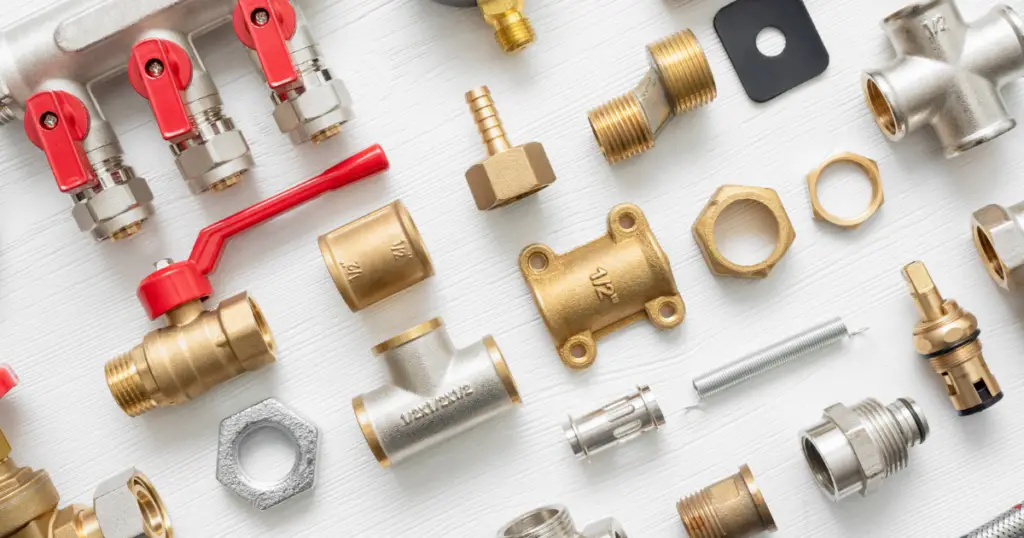
When to Call a Professional
While many leaks are detectable through DIY methods, some require the expertise of a professional plumber, particularly when it comes to locating hidden leaks or pinpointing their exact locations. Homeowners should consider professional help in the following scenarios:
- Persistent water bill increases without a clear cause, suggesting an undetected leak.
- Signs of water damage, such as warped floors or stained ceilings, where the leak’s origin is not apparent.
- Ongoing low water pressure issues could be symptomatic of a leak in the supply line.
- Any indication of a leak not successfully identified using the homeowner DIY methods outlined in this document.
- Situations where the sound of running water is noticeable, but its source remains elusive, even after thorough investigation.
- When the property has a history of plumbing issues, suggesting a complex underlying problem requiring a trained eye.
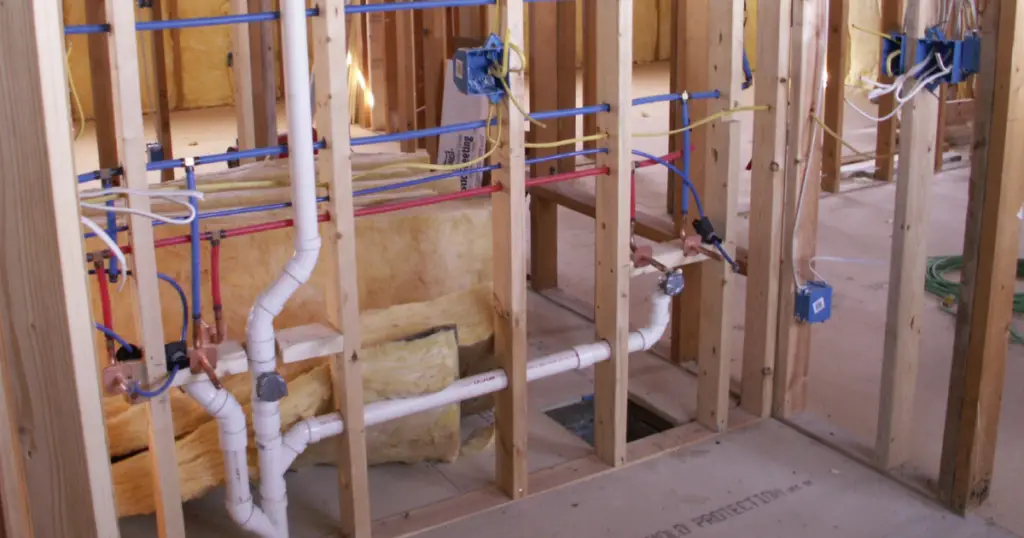
Preventing Future Leaks
Preventing a future water leak within your home often comes down to regular maintenance and being proactive in your approach. Here are some tips to keep your plumbing in top condition:
- Regularly Inspect Pipes and Faucets: Make it a habit to check under sinks and around appliances for any signs of dripping or moisture. Catching a small leak early can prevent a larger problem.
- Monitor Water Pressure: High water pressure can cause undue strain on your pipes, leading to leaks. Use a pressure gauge to monitor and maintain safe water pressure within your home’s plumbing system.
- Replace Old or Damaged Pipe Joints: The joints where pipes connect are often the first place to develop leaks. Inspect them regularly and replace them as needed if they show signs of wear and tear.
- Use Strainers in Drains: Prevent clogs by using strainers in sinks and tubs to catch hair and debris, which can cause backups and pressure buildups, leading to leaks.
- Soften Hard Water: Consider installing a water softener if you have hard water. Mineral buildup from hard water can corrode pipes and create leaks over time.
- Insulate Pipes: Protect your pipes from extreme temperature changes by insulating them, preventing them from bursting during freezing conditions.
- Schedule Professional Inspections: Have a professional plumber inspect your plumbing system periodically. They can detect issues that may not be obvious to the untrained eye.
- Know Your Plumbing System: Understand where shutoff valves are located and how to turn off the water in an emergency. This knowledge can mitigate damage from leaks by stopping water flow quickly.
The Value of Leak Detection Systems
Installing a leak detection system is one of the most reliable ways to protect your home from water damage and save on costly water bills. These innovative systems continuously monitor water flow through your pipes and can detect irregularities that indicate leaks. Some key advantages of these systems include:
- Real-time Monitoring and Notifications: Leak detection systems often come with smart technology that can alert homeowners via their smartphone when a potential leak is detected. This immediate response can help prevent minor issues from becoming major damages.
- Automatic Shutoff Features: Advanced systems have automatic shutoff mechanisms that activate when a leak is detected, which can significantly curtail the amount of water wasted and minimize the risk of water damage.
- Detailed Water Usage Insights: Homeowners can gather data about water usage patterns, allowing for a better understanding of consumption and the ability to spot inefficiencies.
- Ease and Peace of Mind: Knowing that your home is guarded against leaks 24/7 provides security and comfort, particularly when away from home for extended periods.
- Insurance Discounts: Some insurance companies may offer discounts on homeowners’ insurance premiums for houses equipped with leak detection systems due to the reduced risk of water damage.
Get Professional Leak Detection and Repair Services
If you’re facing persistent leak issues or simply want the assurance of an expert evaluation, don’t hesitate to contact us to get matched to a professional plumber or leak detection specialist. Trained plumbers have the knowledge and tools to pinpoint and resolve leaks efficiently, saving time and preventing potential water damage.

